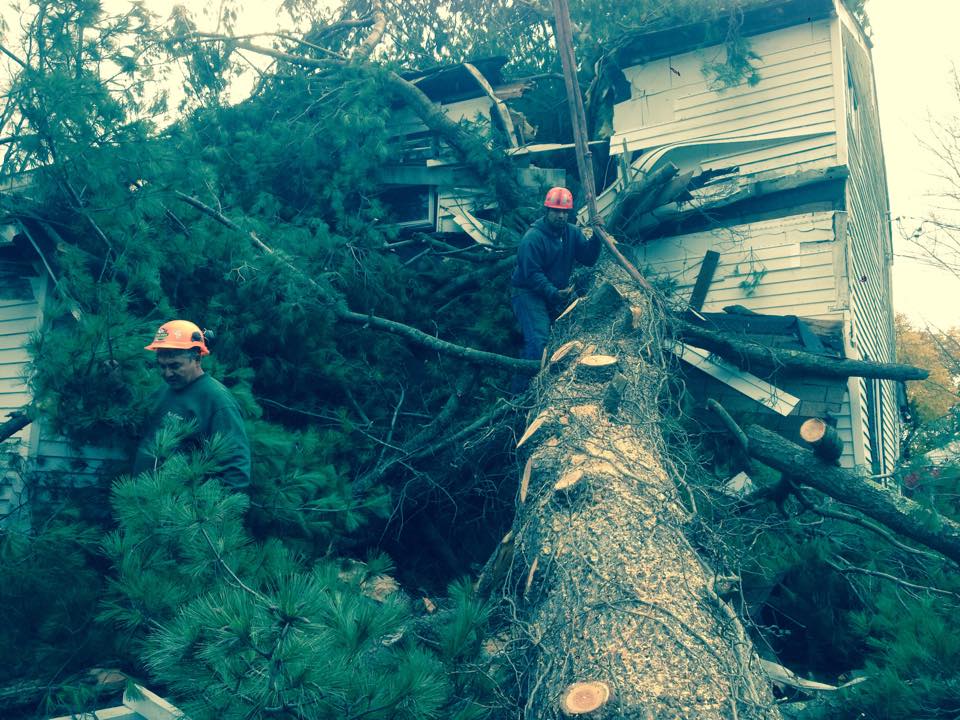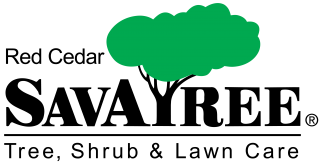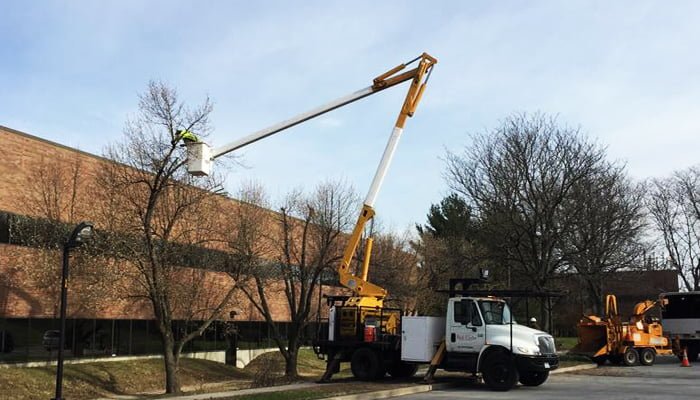It is recommended to have a hazard or fault tree analysis done on any trees that are within 100 FT of your home or other property valuables (like a deck or pool). Some hazards or dangers within a tree are not easily identifiable to an untrained eye. Trees that are this close to valuables need to be professionally inspected to make sure that they do not pose dangers to the surrounding property and structures.
Tree hazards include dead or dying trees, dead parts of live trees, instability, potential of causing harm to nearby structures, growing into power lines, leaning dangerously, or trees that are too large for their location. Trees that are dying and/or unstable can break at any time and land on what is underneath it causing expensive, and devastating damages to your property.
 Additionally, sometimes trees are just way too large for your residential space. Big trees can be problematic around your home or above other possessions, like pools, because lightning, wind, or other atmospheric conditions can send an extremely large branch unexpectedly spiraling down, even on a healthy tree. If this large tree is near a power line and reaches heights that interfere with the power lines, this becomes an emergency situation that needs to be handled by professionals immediately.
Additionally, sometimes trees are just way too large for your residential space. Big trees can be problematic around your home or above other possessions, like pools, because lightning, wind, or other atmospheric conditions can send an extremely large branch unexpectedly spiraling down, even on a healthy tree. If this large tree is near a power line and reaches heights that interfere with the power lines, this becomes an emergency situation that needs to be handled by professionals immediately.
If you have a large tree near a walkway or driveway, one sign that your tree may be hazardously large is a cracked pathway. Many homeowners may think that this is just blacktop damage or normal deterioration, but it very well may be caused from a large root system growing under your pavement.
Aside from hazard potential, a tree too large may be undesirable to some homeowners for other reasons like providing too much shade. Too much shade could be unideal for pool days, and/or can be causing moisture and mildew problems to your home and/or roof.
So, what should you be doing to remedy trees that are too large and/or hazardous?
- First and foremost, have a professional fault tree analysis conducted to properly diagnose the tree’s condition and hazard level, prior to making any decisions.
- Following your analysis, if your professional arborist determines your tree to be hazardous because of weak limbs or because of its size, some tree work will need to be done.
- If your tree has dangerous limbs, these dead or dying parts can be removed by pruning.
- If your tree is too large for the space, pruning to alter the shape is an option, and one that will need to be done regularly to maintain it. However, if the tree is really in the way and causing shade issues and/or considered hazardous to nearby structures, tree removal is likely the best option.
- When it comes to tree removal, a professional arborist will have the proper training and equipment to complete the removal job safely and properly. Tree removal is not just simply cutting a tree down with a chainsaw. It takes skills, knowledge and professional equipment to get the job done right. Additionally, stump grinding following a removal is highly recommended and key in preventing future issues like pest invasion, tripping hazards, and eye sores.
- Tree topping is NEVER a healthy option.
If you have trees on your property that you expect are a potential hazard to your possessions and/or if you have large trees within 100 FT of your home, it is important to have a hazard or fault tree analysis done by a professional. This will aid in the proper diagnosis and the correct solution for your unique problem. Having a hazard tree analysis done can prevent other expensive and dangerous damages from occurring. Red Cedar Arborists are your tree service company for hazard analysis and tree service solutions. Contact us today for your free consultation!


